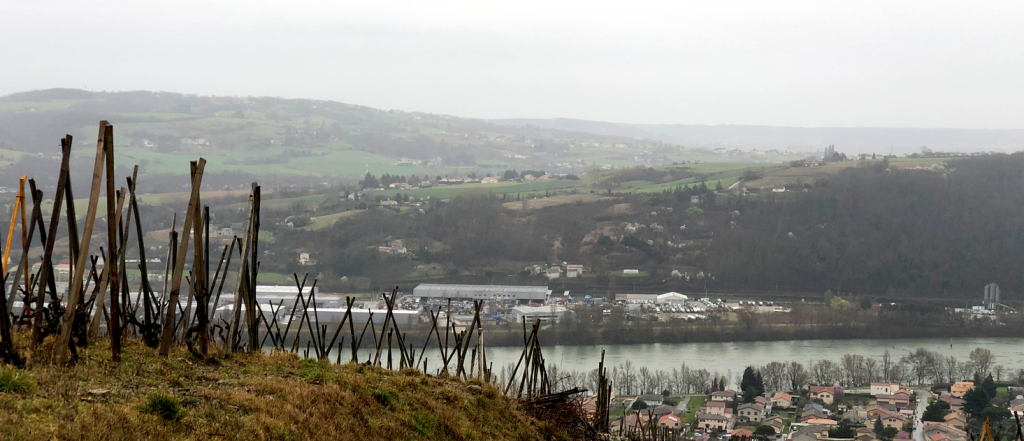If you asked yourself which were the great red grapes of the world, and Syrah didn’t come to mind, please read on. If it did, read on anyway.

A deeply colored grape, rich in anthocyanins and a compound called rotundone that imbues fresher expressions with a powerful peppery note, Syrah is one of the world’s most noble grapes. Known for savory, almost meaty notes, high-toned hints of black pepper (from that same compound rotundone), black-fruited character, and at times even floral aromas, its myriad layers lend itself to producing wines of great intensity and expressiveness of place. In the best versions, wines made of Syrah can be hauntingly aromatic and seductive.
The child of two vines from southeast France, Mondeuse Blanche and Dureza, Syrah is also related to Pinot Noir, as aged examples from the Northern Rhone can surely prove, when its earthy, sous bois notes, and firm tannic structure recall the moody expressions of Burgundy’s Nuit Saints Georges. It’s related as well as to Viognier, the white grape with which it is co-fermented in the traditional blends of Cote Rotie and perhaps a reason for its perfume. Its rich anthocyanins (color, tannin) marry well with oak, too, and some premium expressions showcase how the two can complement one another, highlighting notes of coffee and dark chocolate alongside other characteristics.

Syrah finds its historic home in France’s Northern Rhone, with top expressions from renowned appellations such as Hermitage and Cote-Rotie, two of the most age-worthy appellations for the grape, both today and historically speaking. In the 18th and 19th centuries, great Bordeaux was said to be hermitagé, a nod to the nobility and durability of the wines of Hermitage — all 100% Syrah. More accessible versions, both stylistically and from a price point perspective, come from the surrounding appellations of Saint Joseph, Crozes Hermitage, and even Collines Rhodaniennes, and Syrah is also planted throughout the Southern Rhone, mostly for blending along with Grenache and Mourvedre, and in the Languedoc.
As it meanders toward more southerly, less steep climes, it moves into different expressions, losing some of the pepper and floral character, making its way into something more rich, dark, and brooding. Beyond France, it moves toward Tuscany: a riper, more robust style of red, with pockets of the region’s dense clay soil producing smaller, denser berries that result in deep and concentrated expressions when grown in the right microclimates. (As a note, in Australia, Syrah has taken on a different accent, there called Shiraz and producing wines of notable silkiness, fruit ripeness, breadth, and depth.)
Supple, velvety, deep in color, complex: Syrah is a wine that, made with attention, can pop, impress, and evolve with grace, with appeal to lovers of everything from funky and earthy to fruity and silky. When all elements come together, it can produce wines of immense fascination and distinction.
A version published for Vntners.com.
